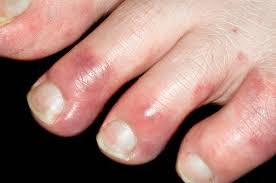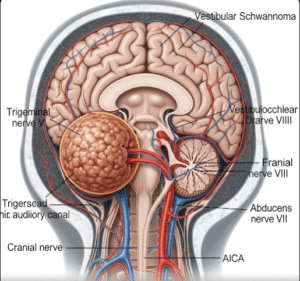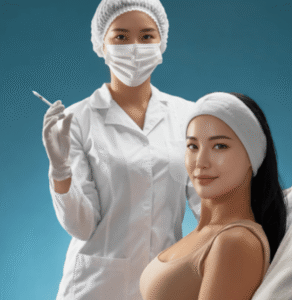Overview
Chilblains, also known as pernio, are painful, itchy inflammations of small blood vessels in the skin caused by repeated exposure to cold but non-freezing temperatures. While generally mild, they can be uncomfortable and may occasionally lead to skin ulceration or infection. In Korea, especially during cold winter months, awareness, preventive measures, and modern dermatological care help manage and reduce chilblain complications.
What are Chilblains?
Chilblains are small, red or purple swellings that occur when the skin is exposed to cold and then rapidly warmed. They most commonly affect fingers, toes, ears, and the nose. The condition arises due to abnormal responses of small blood vessels to cold, leading to inflammation, swelling, and discomfort.
Symptoms
- Red, purple, or blue skin lesions on fingers, toes, nose, or ears
- Swelling or tenderness in affected areas
- Itching or burning sensation
- Pain, particularly when exposed to warmth
- Blisters or ulceration in severe cases
- Skin may peel as lesions heal
Causes
- Repeated exposure to cold and damp conditions
- Rapid rewarming after cold exposure
- Poor circulation or abnormal vascular responses
- Wearing wet shoes or clothing in winter
- Secondary chilblains may occur due to autoimmune or vascular disorders
Risk Factors
- Living in cold, damp climates
- Wearing inadequate or wet clothing in winter
- Smoking (reduces blood circulation)
- Women are more commonly affected than men
- Individuals with underlying vascular conditions, such as Raynaud’s phenomenon
- People with low body weight or poor nutrition
Complications
- Skin ulceration or infection in severe or prolonged cases
- Chronic recurrence during winter months
- Persistent pain and discomfort affecting daily activities
- Rarely, secondary bacterial infections requiring antibiotics
Prevention
- Keep extremities warm and dry during cold weather
- Wear insulated gloves, socks, and footwear
- Avoid sudden temperature changes on skin
- Stop smoking to improve blood circulation
- Gentle exercise to maintain good circulation
- Moisturize skin to prevent cracking and dryness
Treatment Options in Korea
Korean dermatology clinics and hospitals provide effective management for chilblains:
- General care:
- Keep affected areas warm and avoid further cold exposure
- Elevate and rest the affected limbs
- Use topical emollients to reduce dryness and irritation
- Medications:
- Topical corticosteroids for inflammation and itching
- Oral vasodilators (e.g., nifedipine) in severe or recurrent cases to improve blood flow
- Pain relief with analgesics for discomfort
- Hospital care:
- Severe or infected chilblains may require dressing, antibiotics, or wound care
- Rarely, evaluation for underlying vascular or autoimmune disorders is conducted













